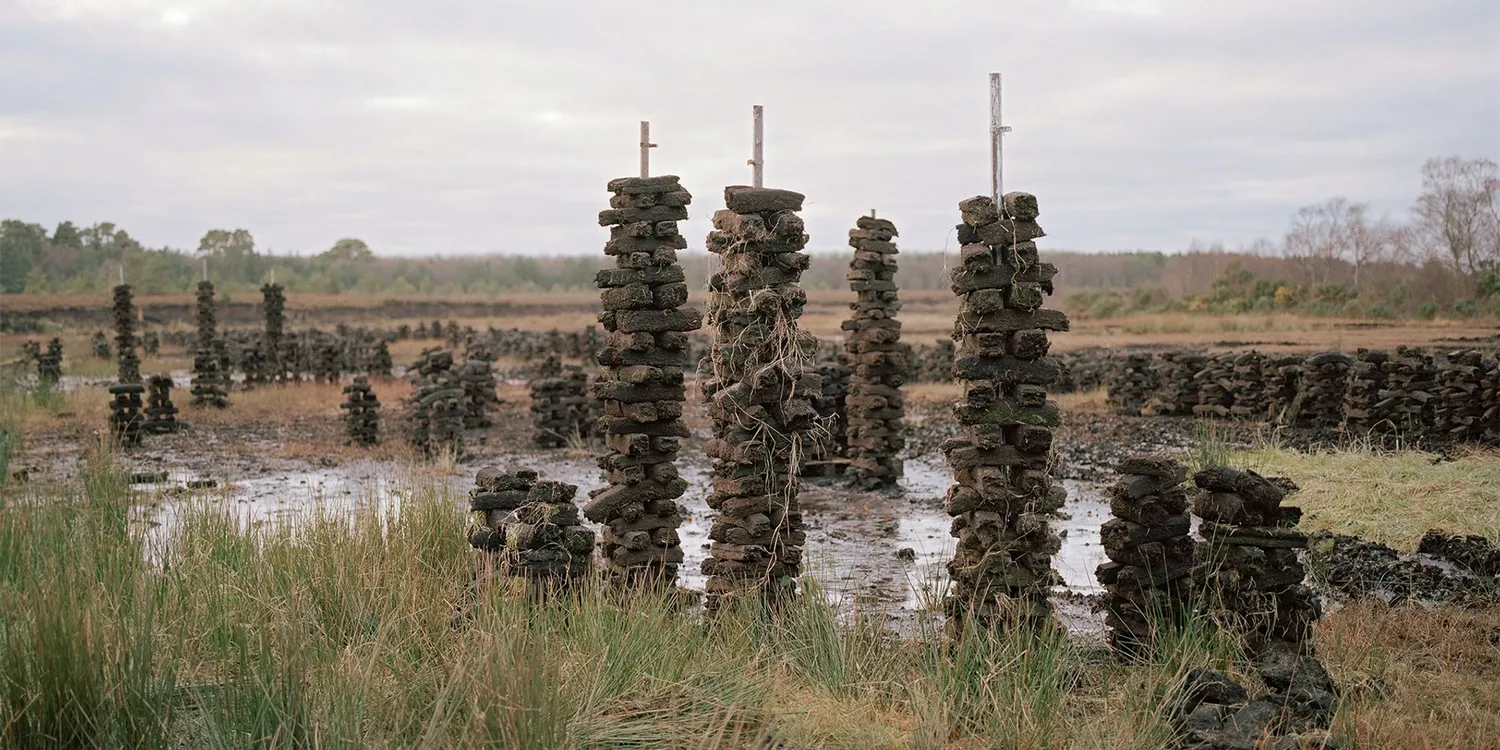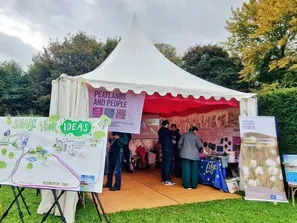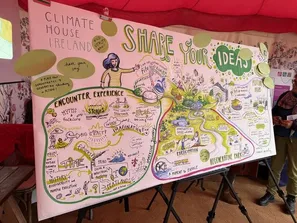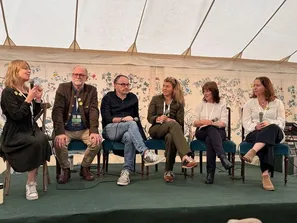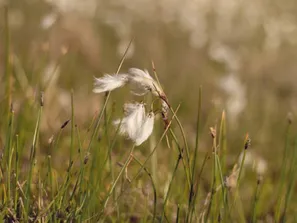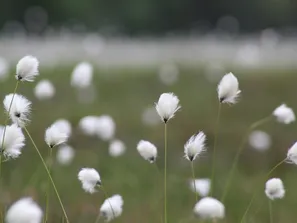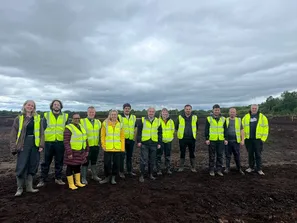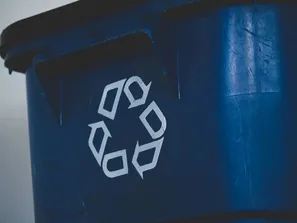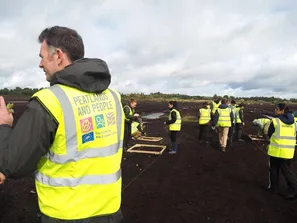21 May 2025
When art and science work in harmony, they can reveal hidden dimensions of the natural world that might otherwise go unnoticed. With our Peatlands & Art series, we spotlight the numerous individuals who dedicate their craft to raise awareness of the need to protect and restore Ireland's natural environment.
Shane Hynan is one of those people. As a photographer with a background in structural engineering, his work often explores the intersection between science and art. His primary source of inspiration is the familiar and the overlooked. He finds meaning in the ordinary everyday and brings in personal, societal and political sensibilities regarding the world we live in.
His interest in creativity started in childhood, in particular through his mother’s interest in crafts and his father’s interest in analogue photography during his teenage years. He lost his touch with creative pursuits in secondary school to focus on more technical and mathematical subjects. After a 20-year-long career in structural engineering, he found his way back to photography and decided on a complete career change. He started a 6-month certificate course in Photography at the National College of Art and Design (NCAD) and went on to do a Master of Fine Arts (MFA) in Belfast, which solidified his new path.
In his photography, Shane draws a lot on metaphor and symbolism. For him, photography must have a meaning beyond what is depicted in the photograph. It must say something about the world and question how we see it while leaving something for the viewer to ponder. He works primarily with analogue photography, focusing on landscape, rural Ireland and architecture as his primary areas of interest.
“I like photographs that leave me wondering almost like when we hear half a song and then hum it all day long. For me too many photographs give everything away at first viewing. I like photographs that keep giving and allow the imagination to build a story around it.”
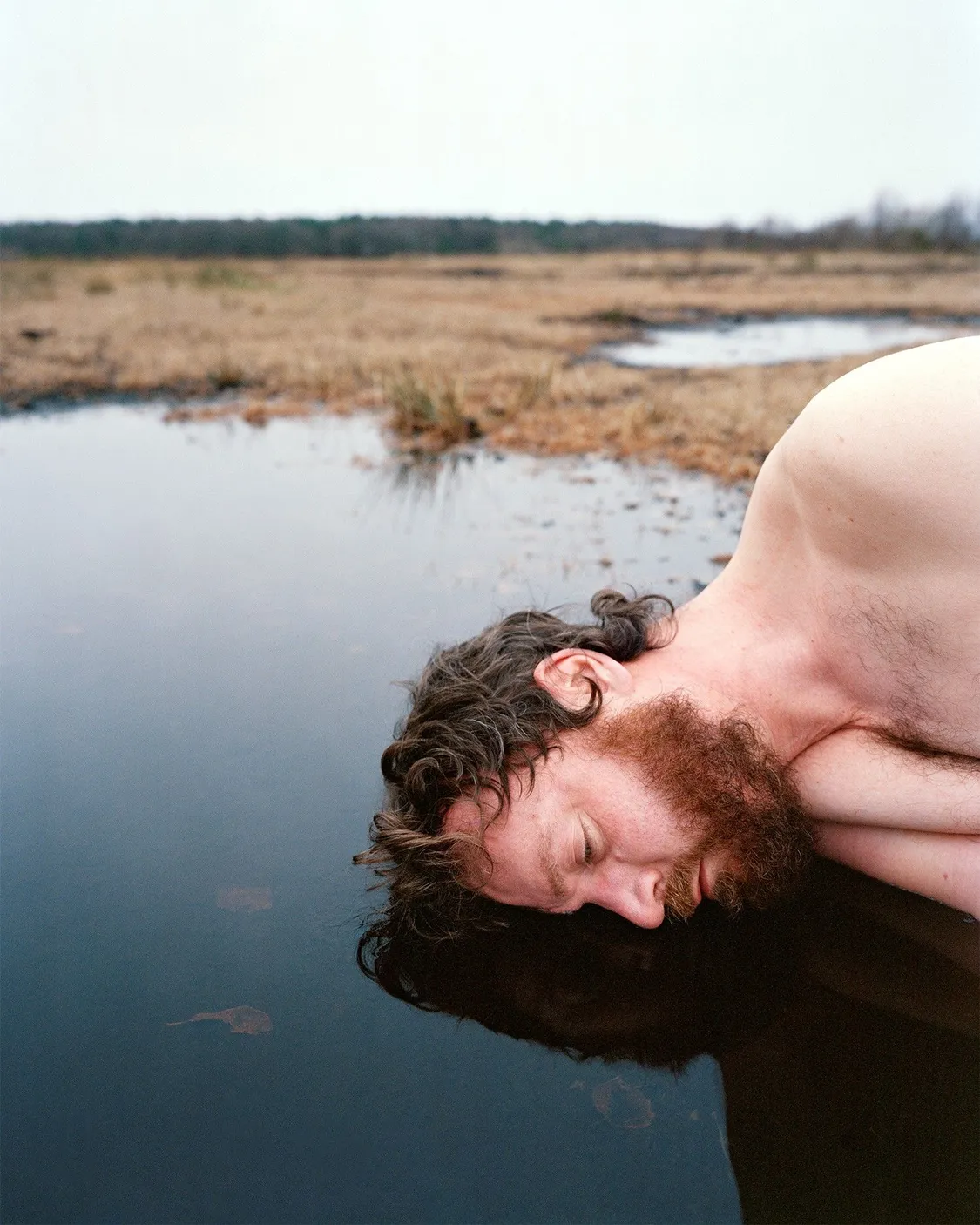
Bog self portrait, from the series ‘Beneath | Beofhód’ (2018-present), Carbury, County Kildare, Ireland, 2019.
One element from his series ‘Beneath | Beofhód’ (2018-present) is currently exhibited in Esker Arts as part of the BogSkin Exhibition curated by RHA director Patrick T. Murphy. It highlights the industrialised peatlands story and the idea of the machine, mechanisation and modernisation. Work on bogs is often seen, portrayed and imagined as more quant and traditional than it is currently. Traditional turf cutting by hand still exists in some coastal and inaccessible bogs, but otherwise, turf is no longer cut but extracted mechanically. The wider ‘Beneath | Beofhód’ project seeks to bring the legitimate concerns regarding climate change together with the distinct loss of cultural identity and tradition that is felt by many communities connected to peatlands. It includes four pictures in total, showing various sites relating to Ireland’s industrial heritage around bogs. In Shane’s view, media coverage on turf cutting has caused significant polarisation and entrenchment of views regarding the future of bogs. His project seeks to bring different views and perspectives together and let them sit side by side. In a way, the work is about change and true change can only come when all parties and sides are considered and heard equally.
“By listening to the media one would be led to believe there is a culture war between turf cutters and conservatists regarding the future of bogs and our relationship with them. The way forward lies somewhere in between where social and climate justice have equal say.”

Tony’s Footings, on a bog used to harvest turf for domestic use, from the series ‘Beneath | Beofhód’ (2018-present), Carbury, County Kildare, Carbury, County Kildare, Ireland, 2018.
Shane grew up less than a kilometre from a local bog near Carbury, Co. Kildare. He remained unaware of its presence until the age of seven, when his father casually mentioned that turf was being cut there. The idea was foreign to him—“cutting what in the what?”—but it marked the beginning of a deep connection. In the early 1980s, turf was just starting to be harvested mechanically. Though the bog had always been there, it had gone unnoticed, an island within the middle of farming land, unseen, misunderstood and ultimately undervalued. Once discovered, it quickly became part of his life: footing turf, hauling it home, stacking it in the shed, and enduring the cold winters with endless buckets of fuel. Though the work was tough and often frustrating, he now looks back with fondness—especially on quiet, vivid moments like sheltering from rain in an old blue Fiat with a parent, surrounded by the scent of peat and stillness.
“I can still recall the feeling sitting in the car waiting for the rain to stop and the smell of peat and sweat on my hands and random insects and midges floating around in the car interior and the sound of the rain on the roof and us just sitting there waiting, resting, saying nothing. Everything felt more vivid than usual. The bog for me is not a place it’s a space.”
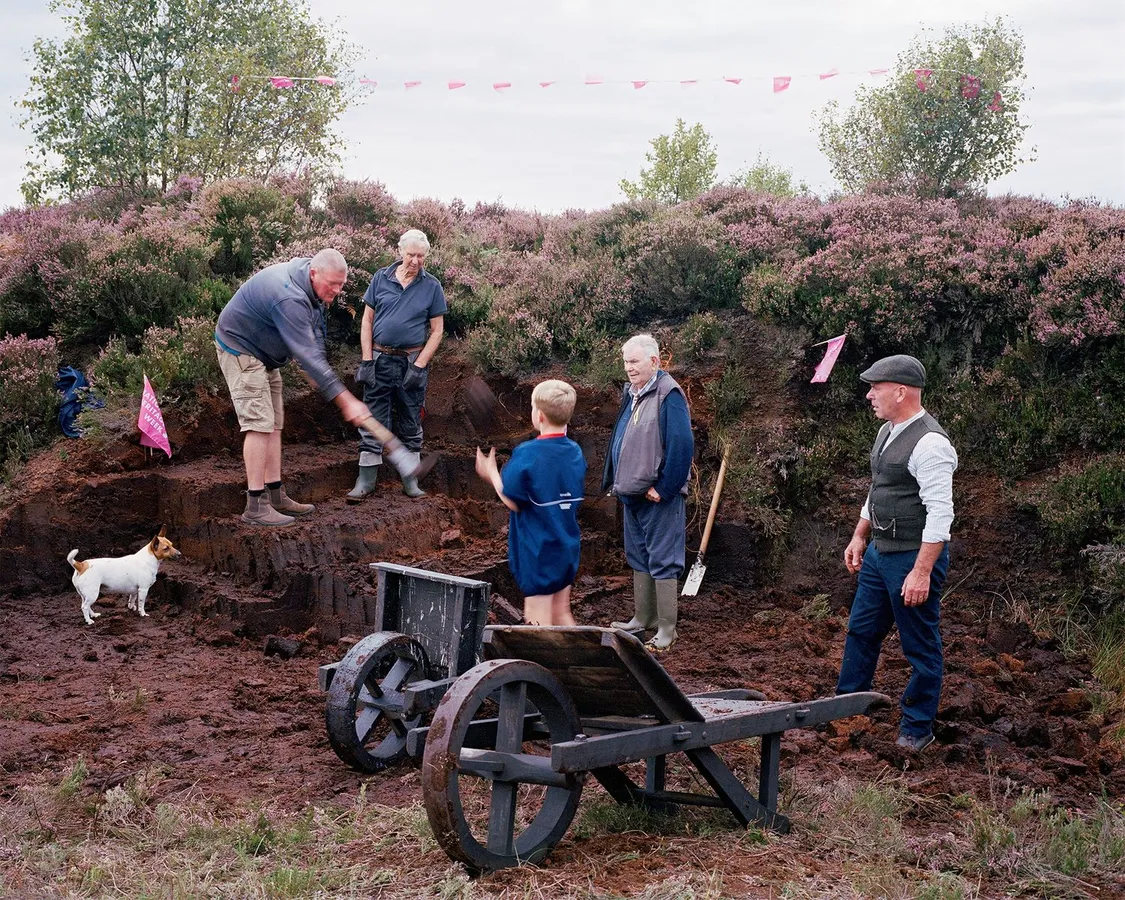
Re-enactment of traditional hand won turf techniques, from the series ‘Beneath | Beofhód’ (2018-present), Ballyteague, County Kildare, Ireland, 2023.
Following the “Bog Skin” exhibition, Shane will have a major solo exhibition of the full ‘Beneath | Beofhód’ project in Photo Museum Ireland in April 2026. He is also part of the ‘Tóch | Dig’ Collective working on a phased, intergenerational, collaborative and community-engaged project with 2 other local artists (Sheena Malone and Pamela de Brí). The project explores communities of place and interest connected to bogs in north Kildare, and the effects of climate change on communities past, present and future. In Shane’s view, the future is uncertain for many communities connected to peatlands through potential turf cutting restrictions and loss of employment with Bord na Móna. Although legitimate environmental concerns underpin a move towards conservation there are many who feel they are losing out. A ‘Just Transition’ based on social, environmental and economic justice going hand in hand is, according to Shane, not the experience of many affected communities. Through the ‘Tóch | Dig’ project, the artists seek to give affected communities a voice to express their feelings about recent changes, explore their relationship with peatlands and gather the many stories, experiences and memories that the bog holds for them.
Find out more about Shane’s work here.
Read our previous artist interviews with Fiona McDonald, Tina Claffey and Kathrine Geoghegan.
